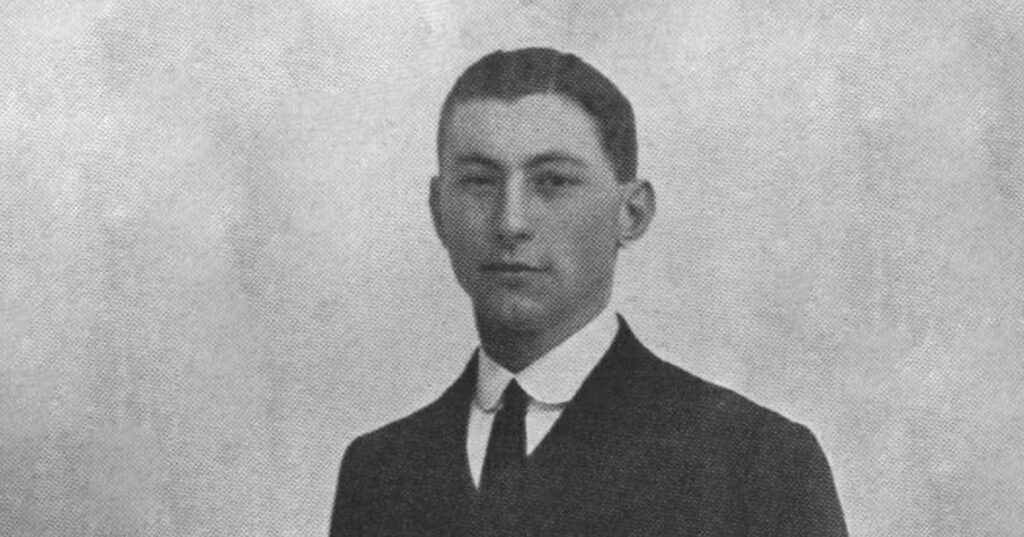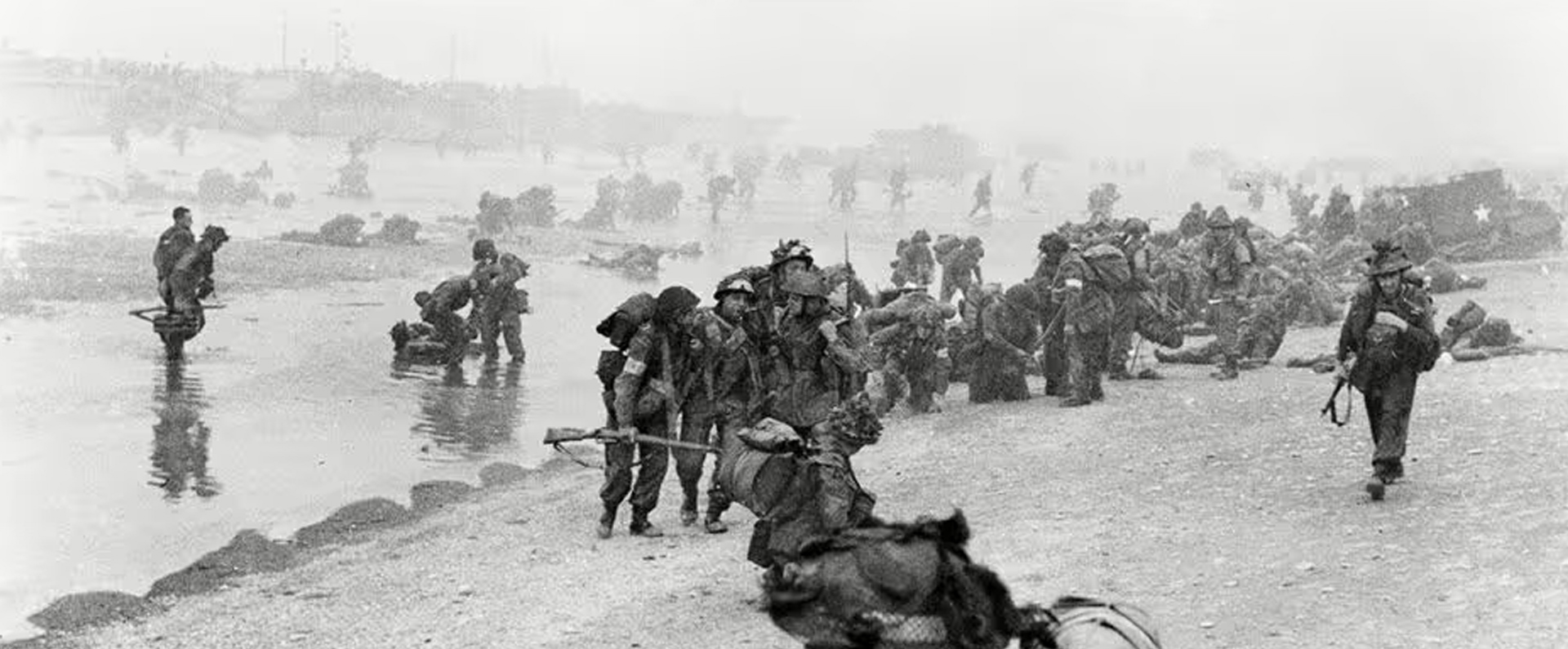
Published in the Sunday Telegraph on 04 May 2014.
George Nicholson Bradford – Storming ashore: self-sacrifice in the heroic raid on Zeebrugge
For much of the war, the Belgian port of Zeebrugge was used by the Imperial German Navy as a base from which its U-boats were able to attack British maritime targets and light shipping. Several attempts had been made in 1917 to block the port with a bombardment but, when these failed and British shipping losses approached crisis point in the spring, a new plan was devised.
In one of the most audacious episodes of the war, the Royal Navy was ordered to take the fight to the enemy in 1918 by attacking Zeebrugge and the canal that led inland to the German submarine base at Bruges. The aim of the enterprise was simple: to block the entrance to the canal and prevent the exit of German U-boats. It was to be achieved by sinking aged British ships in the canal’s shallow waters. The undertaking, however, was anything but simple – as the events of April 22-23, 1918, bore out.
The initial intention was to conduct the raid on Zeebrugge on April 2, 1918, but this was postponed after the wind changed direction, making it impossible to achieve the necessary smokescreen that was required for the attack. Further attacks for April 11 and April 14 were also abandoned after the British force had set off, again because the weather was unsuitable.
Eventually the attack was launched three weeks later than first planned, with a concurrent but smaller assault on the port of Ostend. Both Zeebrugge and Ostend, because of their strategic importance, were heavily fortified. In the fading light of Monday, April 22, an armada of 142 vessels and more than 1,700 officers and men steamed across the English Channel under the command of Vice- Adml Roger Keyes. A larger number of vessels – 73 – were bound for Zeebrugge, with 67 destined for Ostend. Two were there to observe and supervise the attacks.
The armada was an odd mix of sleek, modern destroyers, obsolete, slow cruisers, along with two aged submarines, torpedo boats, motor launches and two Mersey ferries, Daffodil and Iris II. Finally, there was HMS Vindictive, a three–funnelled light cruiser which, despite nearing the end of its useful life, had been chosen for a leading role in the drama. The intention was to block the two enemy-held ports with at least three obsolete ships and two aged submarines while, in the case of Zeebrugge, a storming party from the specially formed 4th Battalion, Royal Marines, along with a strong naval party was to land from the Vindictive on the sea wall known as the Mole.
The events of that night were dramatic and, at times, confused. The raid on Zeebrugge led to the award of no less than eight Victoria Crosses (VCs), Britain and the Commonwealth’s most prestigious award for courage in the face of the enemy. This article concentrates on the role of just one of those VC recipients: Lt-Cdr George Bradford.
George Nicholson Bradford was born in Witton Park, Darlington, Co Durham, on April 23, 1887, one of four brothers and, much later, a sister. His father was a colliery manager and a strict disciplinarian who instilled into his children a strong work ethic and a passion for sport. Bradford was educated at Darlington Grammar School, the Royal Naval School in Eltham, south-east London, and Eastman’s School in Southsea, near Portsmouth. In 1902, Bradford joined HMS Britannia as a cadet and was renowned as a fine athlete and boxer, eventually becoming Navy Officers’ welterweight champion and twice appearing in the finals of the Army and Navy Officers’ championships. Initially coached by his father-in-law, a top bareknuckle fighter, Bradford was said to box with grace, agility and courage.
Before the war, Bradford had shown immense bravery while serving in the Royal Navy as a first lieutenant. Following a collision between a destroyer and a trawler on March 3, 1908, he led the efforts to save crewmen trapped on board the stricken fishing boat. He successfully rescued three men from the boat but was then told there was another young man on the sinking trawler.
An eyewitness later described how, without hesitation, Bradford “sprang on board, rushed to the forepeak, now inky black, and as the trawler gave a lurch, appeared with the unconscious boy in his arms”. Bradford leapt into the whaler of his destroyer, HMS Chelmer, only seconds before the trawler upended and sank.Bradford was promoted to lieutenant as a result of his gallantry and joined the battleship HMS Vanguard on her commissioning in March 1910.
After almost two years’ service in Vanguard, Bradford returned to destroyers, serving as first lieutenant of Amazon for two years from January 1912. In January 1914, he was appointed to Orion. However, after the outbreak of war, the general reluctance of the enemy to take on the Grand Fleet at sea restricted Bradford’s opportunities to show his courage again. He wrote regularly to his younger sister and told her, prophetically, in 1917: “I think the Huns will have had all they want by this time next year.” Bradford was not particularly ambitious, as his steady, rather than spectacular, rise through the ranks of the Navy indicated. But he was talented at teaching the men under his command and he inspired great loyalty from those who served with him.
On the night of April 22, 1918, his 31st birthday, and having served throughout the war, Bradford was on board Iris II – one of the two Mersey ferries. The extent of his bravery is revealed in the citation for his VC, which was eventually announced on March 17, 1919: “For most conspicuous gallantry at Zeebrugge on the night of the 22-23 April 1918.’’
‘‘This officer was in command of the Naval storming parties embarked in Iris II. When Iris II proceeded alongside the Mole, great difficulty was experienced in placing the parapet anchors owing to the motion of the ship. An attempt was made to land the scaling ladders before the ship was secured. Lt Claude E K Hawkings managed to get one ladder in position and actually reached the parapet, the ladder being crushed to pieces just as he stepped off it. This very gallant young officer was last seen defending himself with his revolver. He was killed on the parapet.
“Though securing the ship was not part of his duties, Lt-Cdr Bradford climbed up the derrick [a small crane used to load and unload cargo] which carried a large parapet anchor and was rigged out over the port side; during this climb the ship was surging up and down and the derrick crashing on the Mole. Waiting his opportunity, he jumped with the parapet anchor on to the Mole and placed it in position. Immediately after hooking on the parapet anchor, Lt-Cdr Bradford was riddled with bullets from machine-gun fire and fell into the sea between the Mole and the ship. Attempts to recover his body failed.
“Lt-Cdr Bradford’s action was one of absolute self-sacrifice. Without a moment’s hesitation he went to certain death, realising that in such action lay the only possible chance of securing Iris II and enabling her storming parties to land.”
Bradford had died in a splendid act of self-sacrifice. His body was washed ashore a few days later, some three miles down the coast at Blankenberge where he was given a military burial by the Germans. “I can truly say a more honourable, straight, and gallant gentleman never lived,” the captain of HMS Orion said of Bradford, adding that he was “beloved by all”.
Not for the first, or last, time during war, a propaganda campaign distorted the facts. The raid on Zeebrugge was portrayed by the British as an overwhelming success when, in fact, the block ships were sunk in the wrong place and the canal was re-opened after a few days to submarines at high tide. British casualties (dead and wounded) were 583 men and yet the German losses were only 24 men.
At Ostend, further along the coast, the attack failed and was called off. It was repeated on the night of May 10-11, this time using the battered Vindictive as one of the blockships. But once again, although it was sunk in the harbour, it was only partly successful in blocking the canal. As before, the British portrayed the attack as a resounding victory but the reality was that a combination of poor weather and fierce German resistance had minimised the damage. The British suffered 47 casualties at Ostend compared with just 11 for the enemy. There is no doubt, however, that there were many cases of incredible bravery by individuals and the raid resulted in the award of three VCs and numerous other gallantry awards.
Bradford’s widowed mother learnt the news of her son’s posthumous VC in a letter written by Admiral Keyes on March 14, 1919, which said: “I knew he would eventually get it, because although many actions were performed on that night by officers and men who survived, and by others who gave their lives, amongst the latter your son’s act of glorious self-sacrifice stood out, I thought, alone…”
Bradford’s mother received his medal from George V on April 3, 1919. It was the second time she had attended such a ceremony on behalf of one of her four sons. Her youngest, Lt Roland Bradford, of the 9th Battalion, Durham Light Infantry, was awarded the VC for his bravery on October 1, 1916, at Eaucourt L’Abbaye in France, when acting as a temporary lieutenant colonel aged only 24. He survived that battle and was also awarded the Military Cross (MC) but died in Cambrai, France, on November 30, 1917.
Her third son, James, was also awarded the MC – also when serving with the Durham Light Infantry. He was killed in the Battle of Arras in May 1917. Her eldest son, Thomas, who was awarded the Distinguished Service Order (DSO), survived the war. Mrs Bradford placed In Memoriam notices in The Times on the anniversaries of her three sons’ deaths every year until she died in 1951. For several years, she attended Armistice Day services wearing the four gallantry medals of her three dead sons.
George Bradford’s gravestone is engraved with the image of the Victoria Cross in Blankenberge Town Cemetery in West Flanders, Belgium. He is commemorated at least three times in his home town of Darlington: a headstone at the Memorial Hall; a plaque at Queen Elizabeth Sixth Form College and another at Holy Trinity Church. I purchased Bradford’s medals at an auction in London in 1988 and they are now on display at the gallery bearing my name at Imperial War Museums, London.
Download a PDF of the original Sunday Telegraph supplement
For more information, visit:
LordAshcroftOnBravery.com


